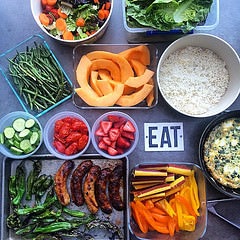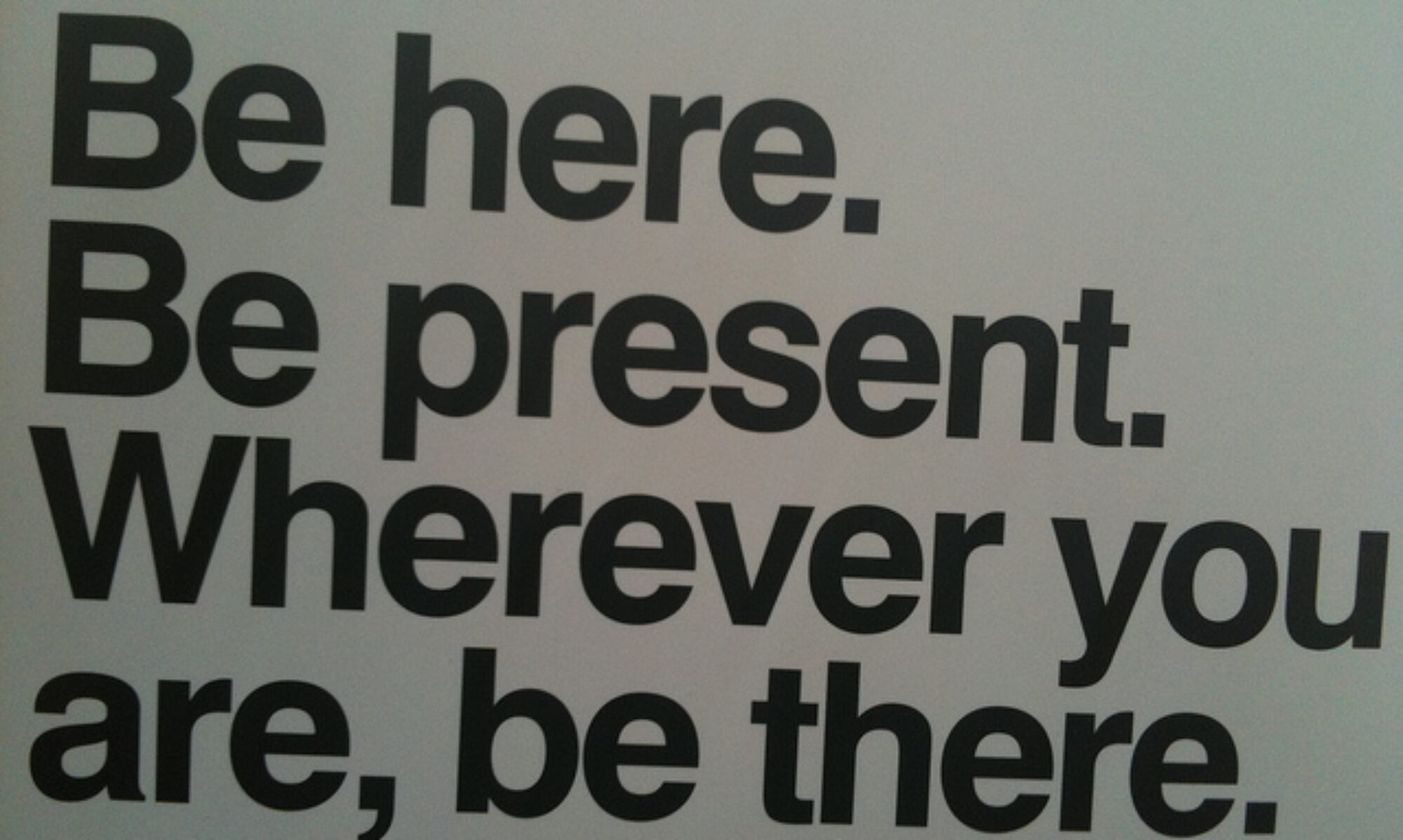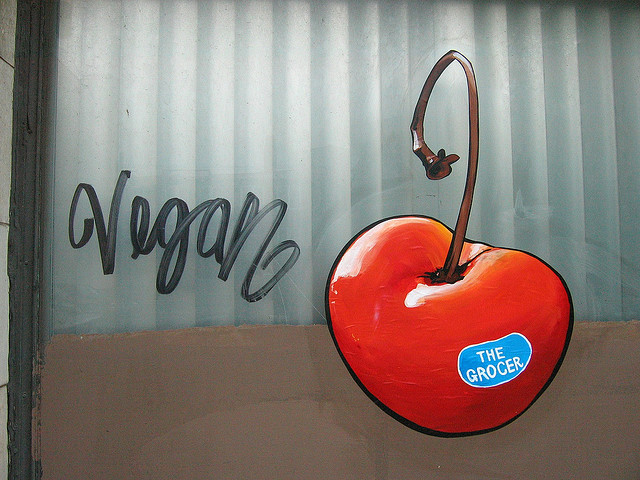I’ve written before about my struggle in going from vegetarian to vegan, and I recently got a reality check in the form of Brown Vegan, aka Monique. In an episode on going from vegetarian to vegan, Monique spoke with her fellow blogger, Naturalee Happee, about the transition. Naturalee shared that her journey from omnivore to vegetarian took three years, as she slowly eliminated meat from her diet (first red meat, then pork and finally chicken). Because she’d set herself up with a “slow and steady” mindset, the elimination of eggs, milk, honey and leather wasn’t a shock to her system. I really needed to hear that go slow mindset.
After struggling the last two weeks to avoid dairy, I realized I was putting far too much emphasis on immediately eliminating dairy and not enough time into preparing my meals to avoid that late-afternoon Starbucks run. Yesterday, when I had my food laid out, packed and planned, I managed to get through the day with a steady blood sugar level, avoiding the afternoon energy dip, and I was able to teach an hour-long Sculpt class without faltering.
Now, don’t go full hog on veganism, just because it’s what Beyonce woke y’all up at 8 a.m. to talk about. Instead, adopt the “slow and steady” approach to achieve long-term success.
- Start by cutting out specific foods. I started off by doing away with chicken, since red meat and pork were never high on my list of must-eat foods. If you’re already vegetarian and moving toward vegan, that may mean cutting back on your favorite bakeries to avoid the eggs, milk and buttercream that give your beloved baked goods their textures and taste.
- Proper planning prevents poor performance. I know the band geeks in life know that phrase well, and it’s because it’s true! Meal prep and planning means you are less likely find yourself alone and hungry next to the closest Popeye’s or [insert the name of your favorite fast-food place]. That means making time to find recipes, cook, organize and store staples like rice, quinoa and chopped veggies, and recognizing your eating schedule so you’re prepared with snacks and meals to keep your hunger beast at bay.

- Explore the range of foods, but try to avoid becoming carb-itarian. If you’re like me, some foods you never knew you liked simply because you never tried them. Or you had them boiled to death as a kid, scarring you from trying the same food as an adult. Consider revisiting the least scary of the foods you may have written off as a youth, like Brussel sprouts or eggplant. Avoid loading up on carbs like pastas as a filler for more healthful foods. Pasta has its place in a balanced diet. It just isn’t an every day item.
- Be forgiving of yourself. Maybe it was a stressful day, and you found comfort in a Snicker’s bar. Or you attended a family cookout and the smell of your aunt’s potato salad took hold of your senses. Resolve at the beginning of your vegetarian or vegan journey that you will not be perfect, and that’s okay. When you do go off track, don’t throw the towel in and return to your old ways. Start the next day like it’s the first and be even better at improving your diet.
Are you in the middle of a transition? If so, what’s helped you? Do you have a specific cookbook, author, recipe or resource that you want to share? Leave a comment!
*featured image via thegrocer*

